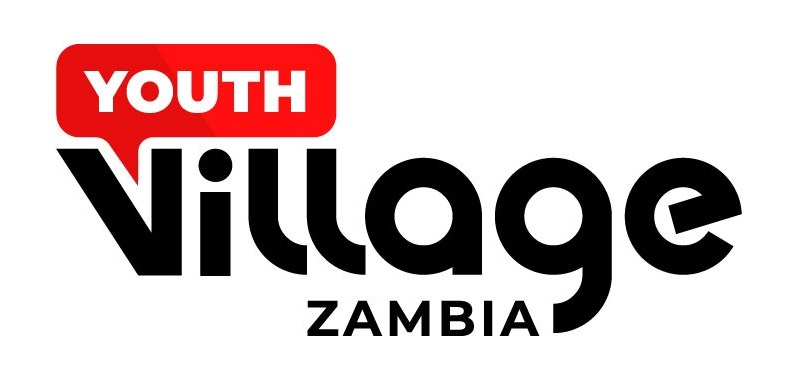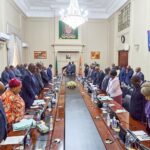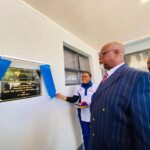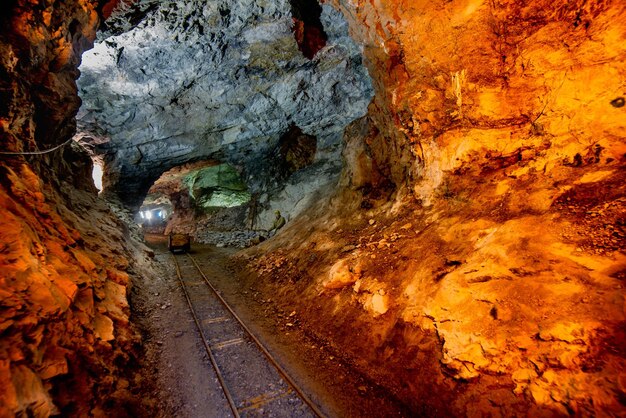Zambia has been a major player in the global copper market for over 100 years, yet the benefits of this mineral wealth have not lived up to expectations. The country has seen a series of political and economic decisions that have shaped its mining industry, but the outcome remains a bitter paradox: while Zambia is rich in copper, it remains one of the poorest countries in Africa.
In the early 1970s, both Kenneth Kaunda (KK) and Michael Sata echoed the sentiment that Zambia should have more control over its mining industry. This led to the nationalization of copper mines, resulting in the creation of Zambia Consolidated Copper Mines (ZCCM). The intention was clear—take control of Zambia’s vast copper resources to generate revenue and drive development. However, what followed was a period marked by inefficiency, corruption, and mismanagement. The hoped-for benefits were largely unrealized as Zambia’s economy stagnated and poverty persisted.
The situation didn’t improve under subsequent leadership. Presidents Frederick Chiluba (FTJ) and Michael Sata both chose to privatize Zambia’s mines in the 1990s, selling off ZCCM to foreign investors in exchange for hopes of revitalizing the mining sector and increasing revenue. But once again, the benefits were minimal. While foreign investors made substantial profits, Zambia did not experience the expected economic boom. Widespread job losses, environmental degradation, and minimal reinvestment in the local economy characterized the privatization era. Despite copper production ramping up, Zambia’s share of the profits remained pitifully small.
Under President Edgar Lungu’s administration, Zambia’s mining industry suffered even further. The closure of key mines like Mopani Copper Mines, Konkola Copper Mines (KCM), and Kasenseli further exacerbated the country’s struggles. These closures not only resulted in thousands of lost jobs but also highlighted the fragility of Zambia’s dependency on foreign investors. At the time, the government failed to put forward a strategy to address the underlying issues—namely, the country’s lack of technology, capital, and market access to fully exploit its own copper reserves.
Today, Zambia’s copper sector stands at a crossroads. While copper production is at 800,000 metric tons (MT) annually, the revenue generated is minimal compared to the country’s needs. With copper prices hovering around $9,400 per ton, Zambia’s share in terms of mineral royalties is just a fraction of the total value. While the mining companies profit from Zambia’s rich copper deposits, the country only garners around $263 million annually in mineral royalties, a paltry amount for a nation that should be thriving from its resources.
Zambia’s copper curse lies in its inability to process or add value to the mineral within its own borders. The country has no domestic technology to mine copper efficiently, no infrastructure to process it into finished products, and no reliable market to sell it directly. As a result, Zambia remains dependent on foreign investors who control the mining operations and take most of the profits. Meanwhile, Zambia’s foreign exchange needs exceed $10 billion annually, yet the copper industry is contributing only a fraction of that amount.
To add to the woes, Zambia’s massive foreign debt has become a burden that the country can no longer sustain. The over-borrowing under the Lungu administration, particularly from China, has placed Zambia in a difficult position. China is now demanding repayment, and without the ability to generate sufficient revenue, Zambia faces a looming financial crisis. While President Hichilema has begun engaging the International Monetary Fund (IMF) to secure a bailout and restore the country’s credit ratings, the road to economic recovery remains uncertain.
So, what’s the solution? While some have proposed the nationalization of copper mines and the push for local mining, Zambia faces a stark reality. The country lacks the capital, technology, and markets to independently develop its copper sector. The best hope for the country might lie in working with investors, but only if Zambia can negotiate better terms and secure a larger share of the profits.
But copper is not Zambia’s only asset. The country also has massive potential in tourism, which remains largely untapped. Zambia’s natural beauty, especially Victoria Falls, could attract millions of tourists, generating billions in revenue. Other sectors like sports, health, education, and cultural tourism could also contribute to the economy. If Zambia can focus on diversifying its economy and stop relying solely on copper, the future could look brighter.
Zambia’s copper industry has been both a blessing and a curse. The country’s vast mineral wealth has not translated into the prosperity that was envisioned a century ago. While foreign investment and mining have brought some economic benefits, Zambia has largely failed to capture the full value of its copper resources. For the country to truly benefit from its mineral wealth, it must prioritize diversification, invest in technology, and focus on creating a more sustainable and inclusive economy. Only then can Zambia break free from the curse of copper and build a future that benefits all its people.






